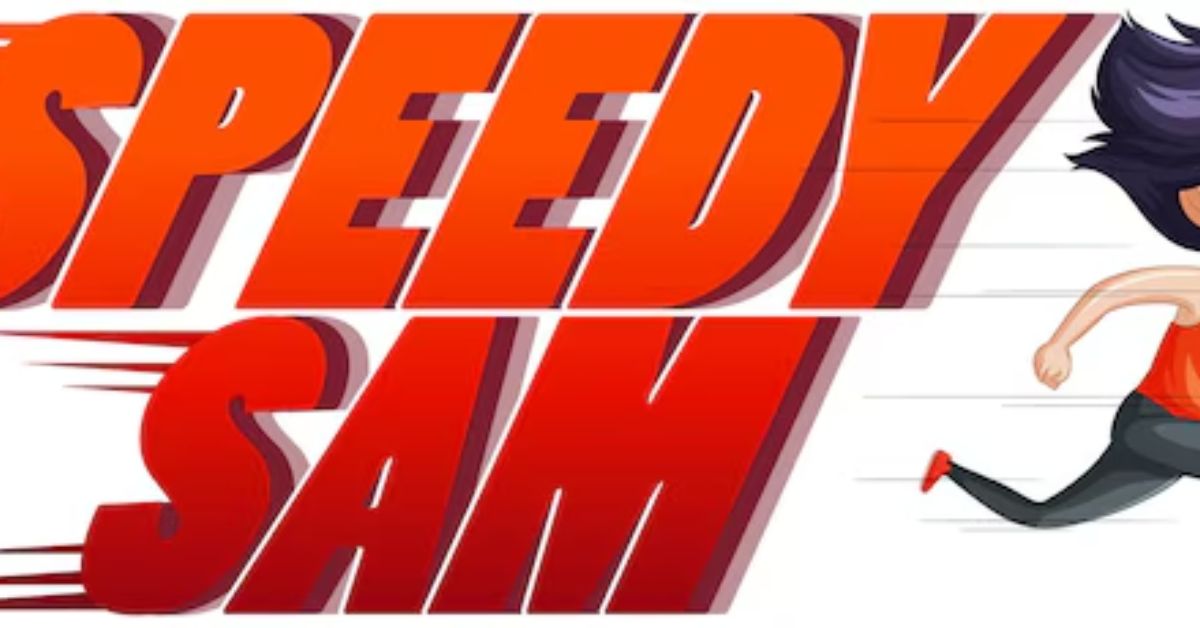In the ever-evolving landscape of creative writing, brevity and impact have become increasingly important. The modern reader’s attention span is shorter, demanding more from writers who aim to captivate quickly. This is where the concept of “Speedyshort” creative writing comes into play. This method emphasizes concise yet powerful storytelling, enabling writers to convey depth and emotion in limited words. In this article, we will explore the principles of “Speedyshort” creative writing, discuss its benefits, and offer practical tips for mastering this unique approach.
Understanding “Speedyshort” Creative Writing
“Speedyshort” creative writing is all about brevity without sacrificing creativity. It encourages writers to express ideas in the fewest words possible while maintaining narrative strength. Unlike traditional short stories, which might range from 1,000 to 7,500 words, “Speedyshort” pieces are often limited to 100 to 500 words. Despite the constraint, these pieces must deliver a complete narrative arc, including a beginning, middle, and end.
Writers embracing “Speedyshort” techniques must learn to prioritize what truly matters in their stories. Every word must serve a purpose, contributing to the plot, character development, or thematic expression. This approach challenges writers to hone their skills in economy, forcing them to cut unnecessary fluff and focus on the essence of their narrative.
The Benefits of “Speedyshort” Creative Writing
One of the most significant benefits of “Speedyshort” creative writing is the improvement of a writer’s editing skills. Because the format requires extreme conciseness, writers must become ruthless editors, trimming excess words and phrases to maintain clarity and impact. This practice not only strengthens the final piece but also enhances the writer’s overall editing abilities, making them more effective in longer works.
Another advantage is the opportunity to experiment with different styles and genres. Since “Speedyshort” pieces are brief, they allow writers to explore new themes or techniques without committing to a longer project. This flexibility can lead to creative breakthroughs and the discovery of unique narrative voices. Furthermore, the fast pace of writing and editing “Speedyshort” pieces helps build a writer’s confidence, encouraging them to take more risks in their creative process.
Moreover, “Speedyshort” creative writing is well-suited to the demands of digital publishing. In an era where content is often consumed on smartphones and tablets, shorter works are more likely to be read and shared. Writers who master this form can reach broader audiences, capturing readers’ attention quickly and leaving a lasting impression.
Key Elements of Effective “Speedyshort” Creative Writing
To excel in “Speedyshort” creative writing, there are several key elements to consider. First and foremost, a strong hook is essential. The opening sentence must grab the reader’s attention and set the tone for the entire piece. In such a condensed format, there is no time for a slow build-up; the story must engage the reader from the very first word.
Next, focus on characterization. Despite the limited word count, characters in “Speedyshort” stories should feel real and relatable. Writers must use precise details and dialogue to convey a character’s personality, motivations, and conflicts. Every sentence should reveal something crucial about the characters, driving the story forward and deepening the reader’s connection to them.
Plot structure is another crucial element. Even in a short piece, the plot must have a clear trajectory, with a beginning, middle, and end. The challenge lies in developing a compelling story arc within such a brief space. Writers can achieve this by focusing on a single, impactful event or moment that encapsulates the broader narrative. This approach ensures that the story remains coherent and satisfying, even in its brevity.
Finally, the conclusion of a “Speedyshort” piece must leave a lasting impression. Whether it’s a twist, a revelation, or a poignant moment, the ending should resonate with the reader, providing closure while also provoking thought. A strong conclusion can elevate the entire piece, making it memorable long after the reader has finished.
Practical Tips for Writing “Speedyshort” Stories
- Start with a Clear Idea: Before you begin writing, have a clear concept of your story. Know the central theme, the key characters, and the main conflict. This clarity will help you stay focused as you write and prevent you from straying off course.
- Outline Your Story: Even though “Speedyshort” pieces are brief, an outline can be incredibly helpful. It allows you to map out the story’s structure and ensure that every sentence contributes to the overall narrative. This step is especially important in “Speedyshort” writing, where there is no room for unnecessary details.
- Use Active Voice: Active voice adds energy and immediacy to your writing, which is crucial in a “Speedyshort” piece. It keeps the pace brisk and ensures that each sentence has impact. Passive constructions can slow down the narrative, so aim for direct, assertive language.
- Focus on One Moment: In “Speedyshort” writing, it’s often effective to zero in on a single, significant moment or event. This moment should encapsulate the essence of the story, revealing the characters’ emotions, decisions, and consequences. By concentrating on one pivotal scene, you can create a powerful, focused narrative.
- Edit Ruthlessly: After writing your first draft, go back and trim anything that isn’t absolutely necessary. Every word should serve a purpose, whether it’s advancing the plot, deepening character development, or reinforcing the theme. Be prepared to cut sentences or even paragraphs that don’t contribute to the overall impact.
- Experiment with Structure: Since “Speedyshort” stories are brief, you have the freedom to experiment with narrative structure. You might start in the middle of the action, use flashbacks, or present the story in a non-linear fashion. Experimenting with structure can add depth and interest to your story, making it stand out.
- Read Aloud: Reading your story aloud can help you catch awkward phrasing or unnecessary repetition. It also allows you to hear the rhythm and flow of your sentences, which is especially important in a short piece where every word counts. If a sentence feels out of place or disrupts the flow, consider reworking or removing it.
- Seek Feedback: Sharing your “Speedyshort” stories with others can provide valuable insights. Since these pieces are short, they’re ideal for sharing in writing groups or with beta readers. Feedback can help you identify areas that need improvement and refine your story before submitting it for publication.
Conclusion
“Speedyshort” creative writing offers a unique and challenging opportunity for writers to refine their craft. By focusing on brevity, clarity, and impact, writers can create powerful stories that resonate with readers long after the final word is read. The skills developed through “Speedyshort” writing—such as concise storytelling, effective editing, and creative experimentation—are invaluable in any writer’s toolkit.
In an age where attention spans are dwindling, the ability to tell a compelling story in a few hundred words is a priceless skill. Whether you’re a seasoned writer looking to challenge yourself or a newcomer eager to explore the world of creative writing, “Speedyshort” offers a rewarding and exciting path. Embrace the challenge, and you may find that less truly is more.

